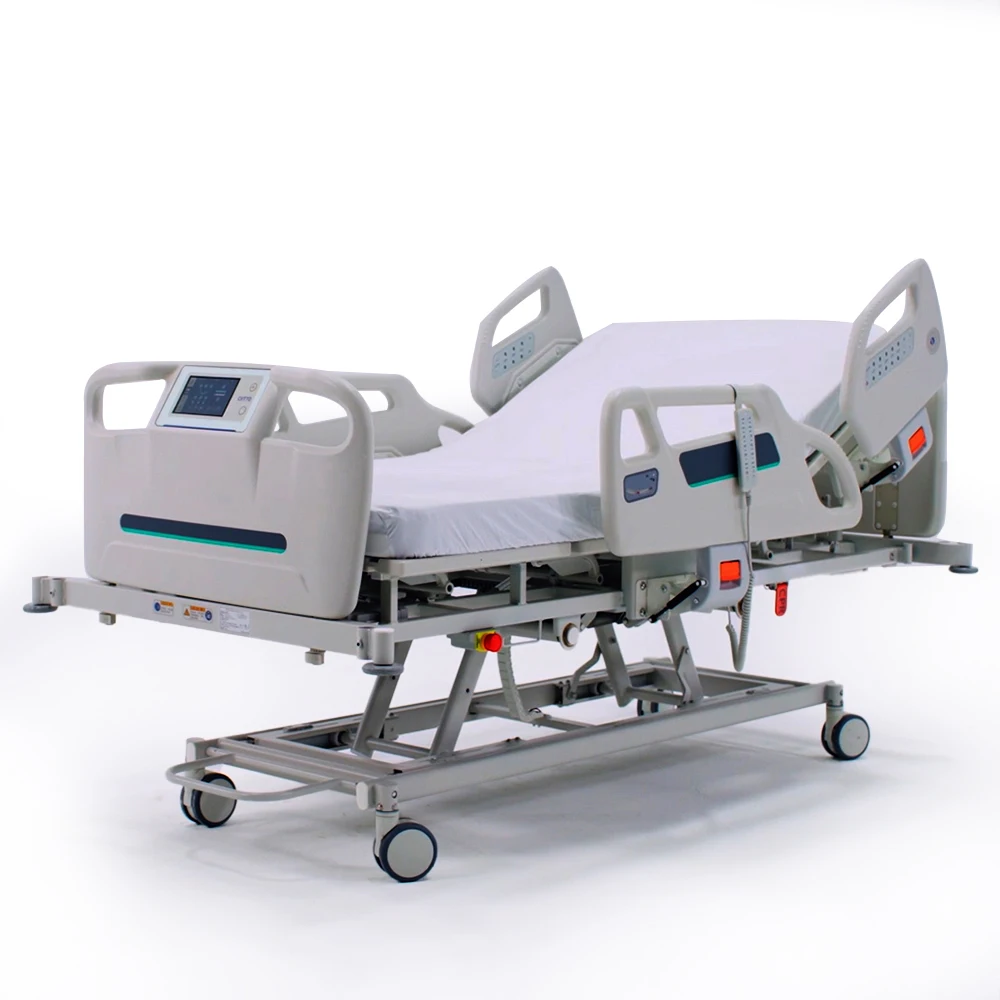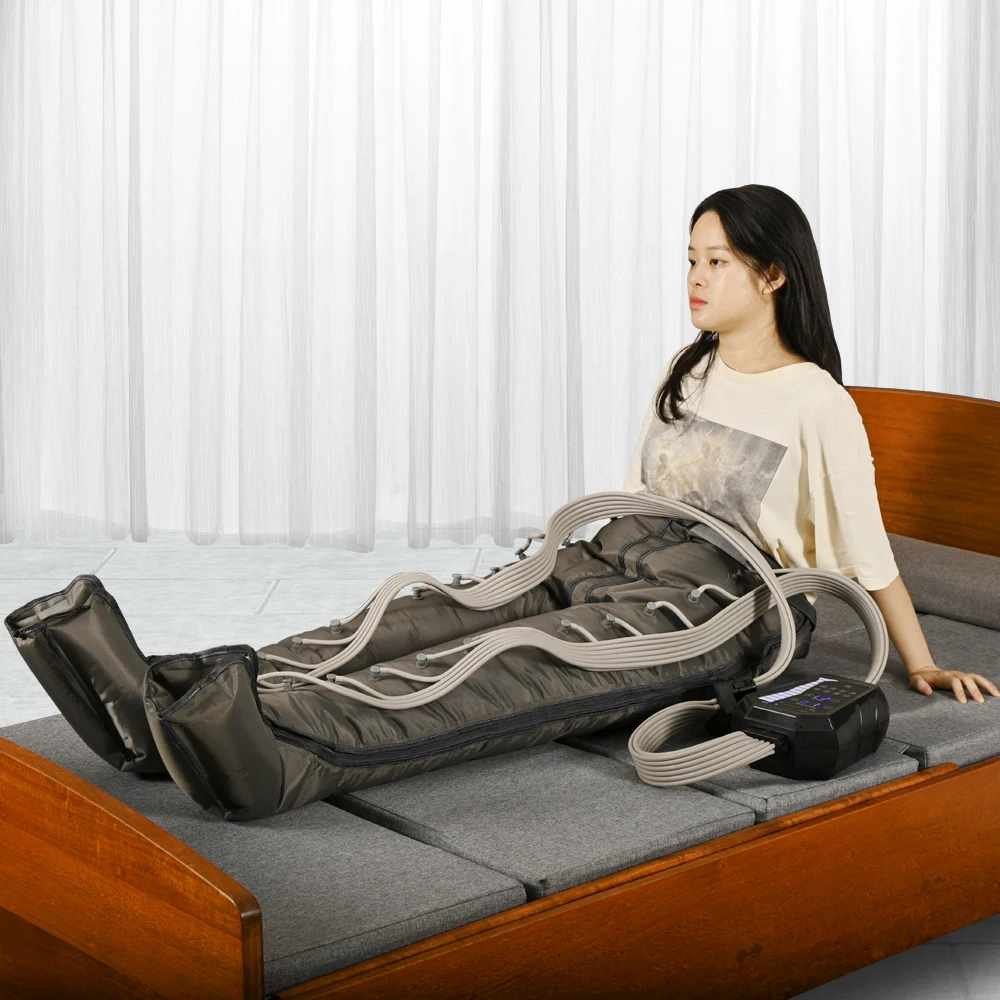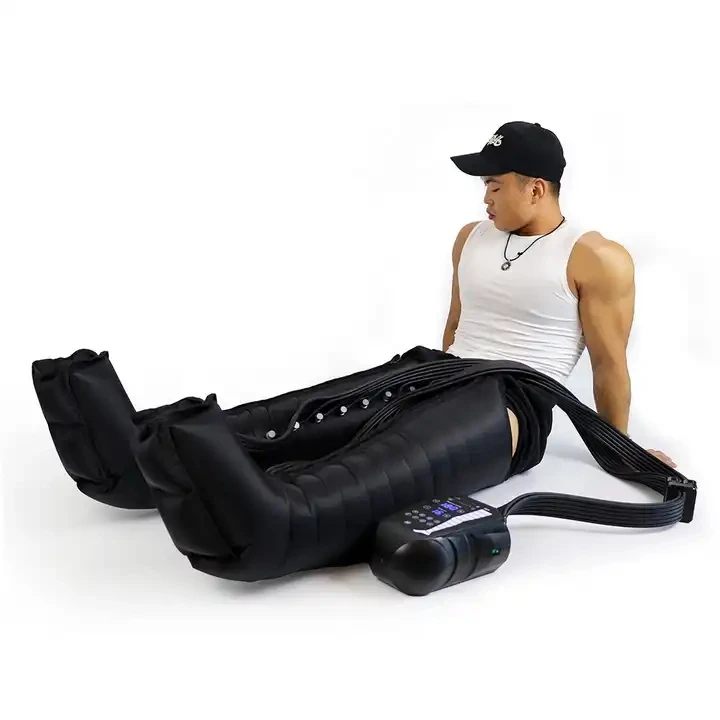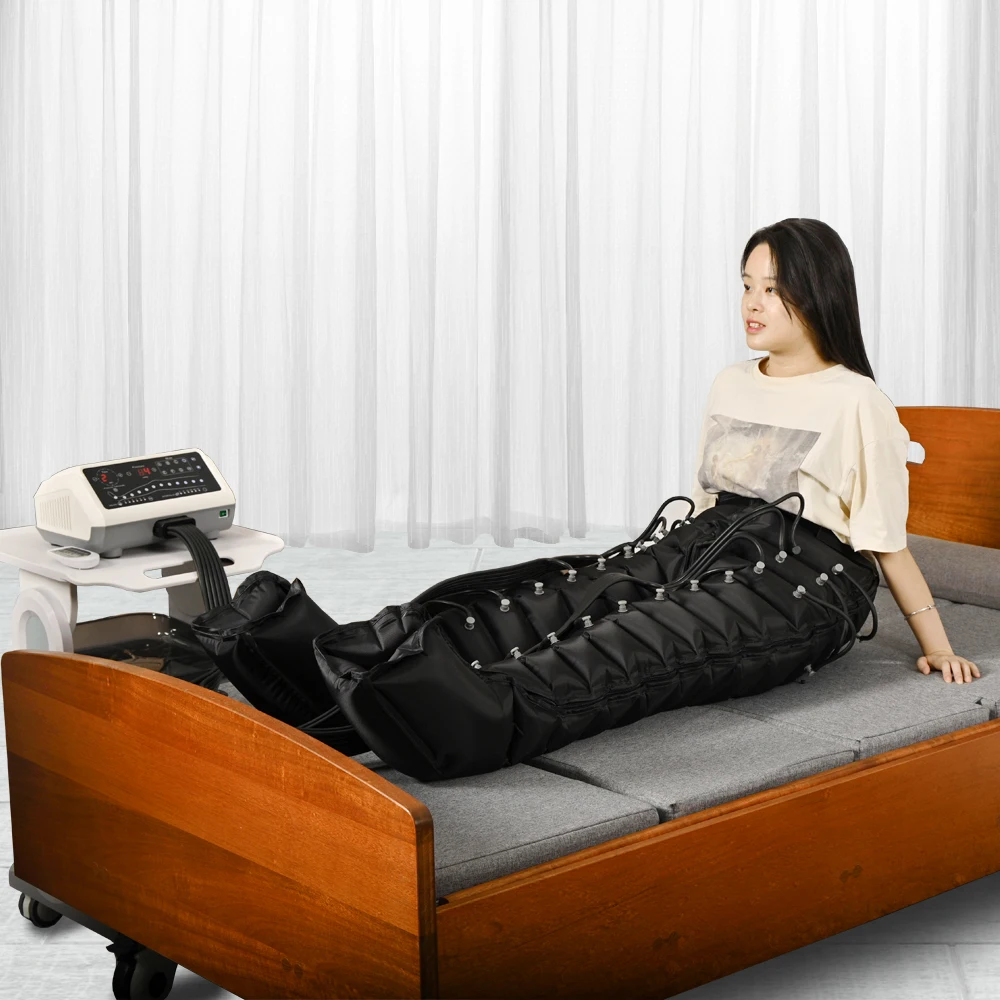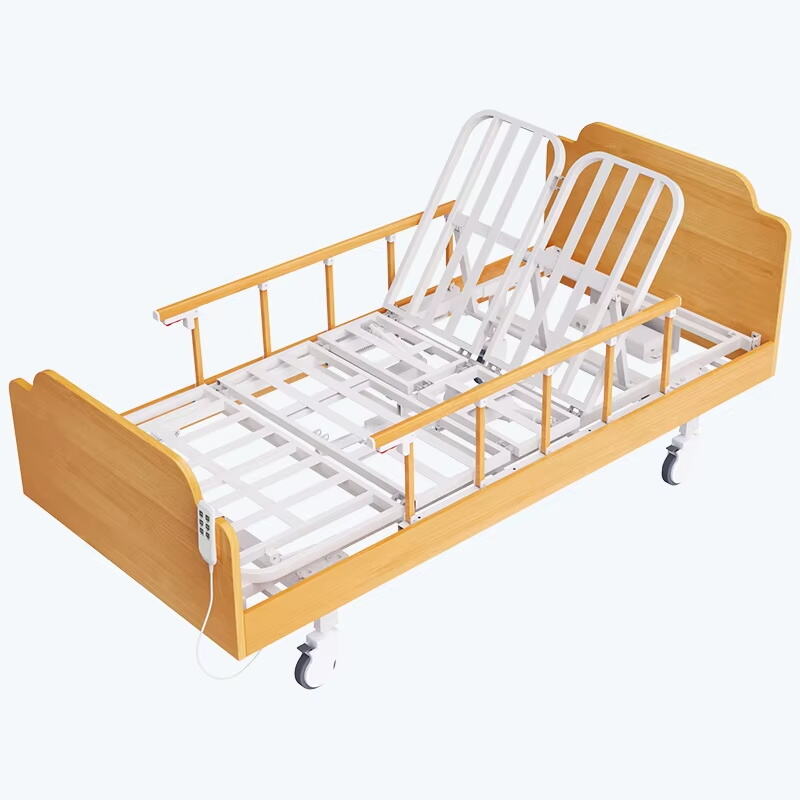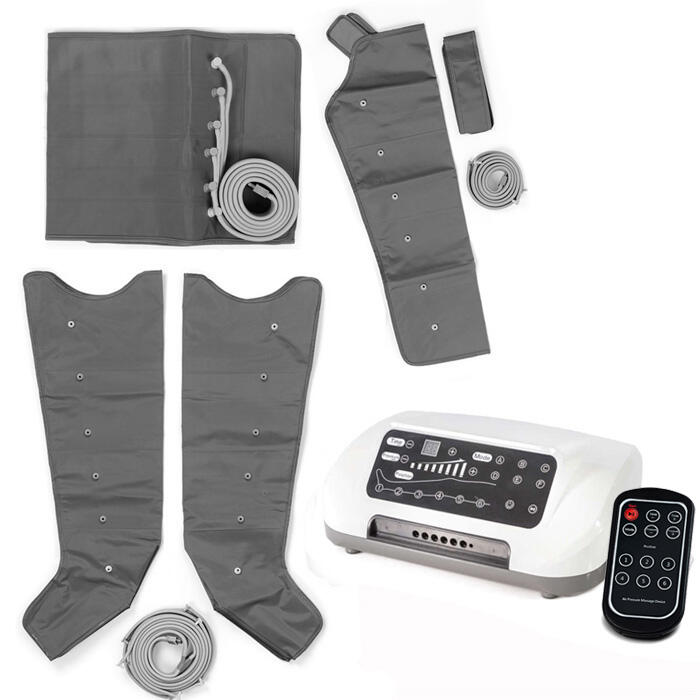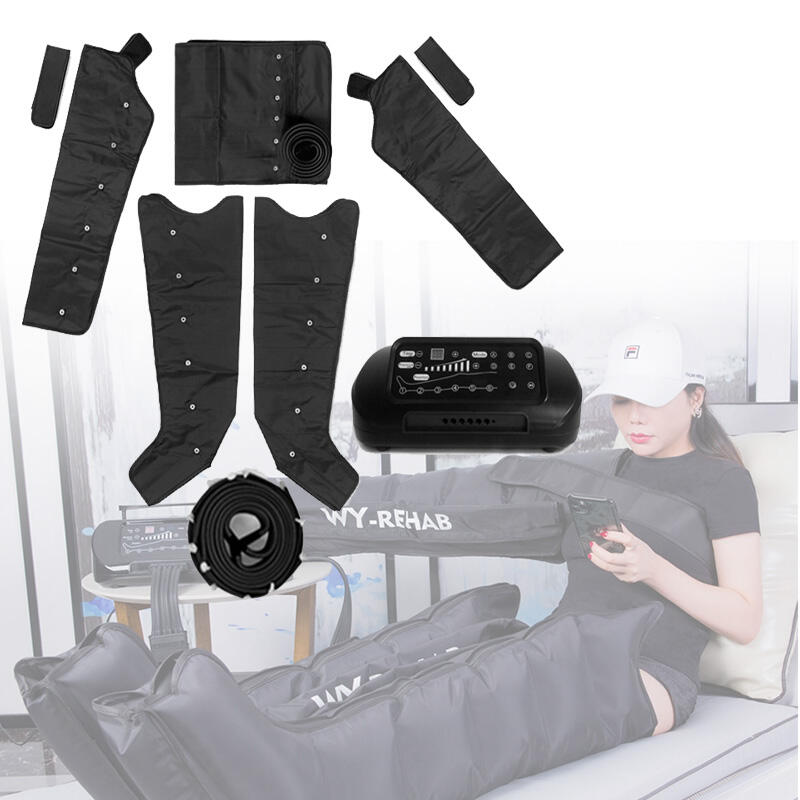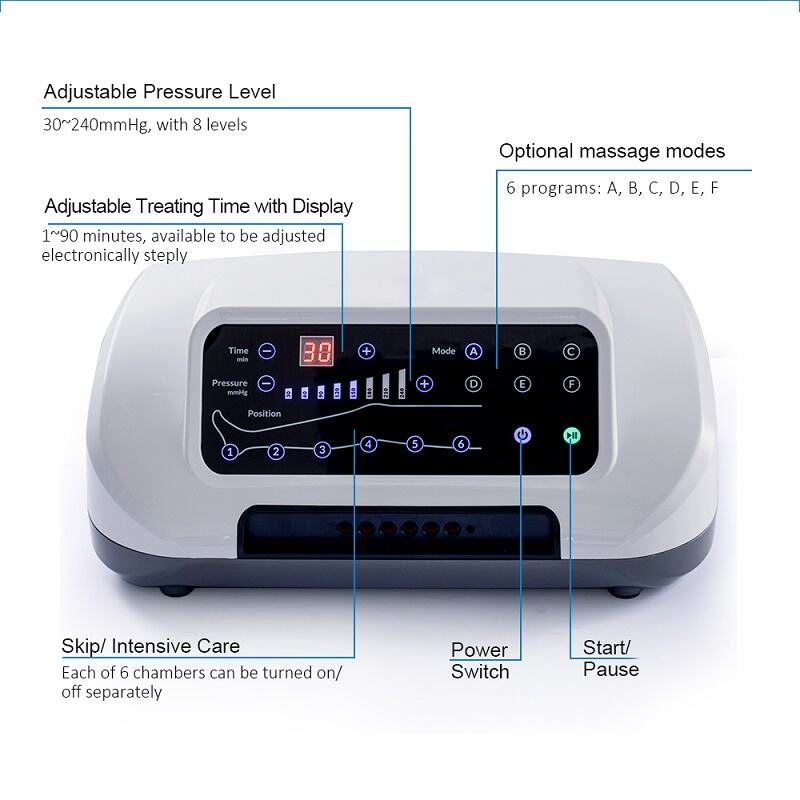sequential compression device use
Sequential compression devices (SCDs) represent a crucial advancement in medical technology, designed to enhance blood circulation and prevent dangerous blood clots in patients. These sophisticated devices operate by applying gentle, wave-like pressure to the legs through specialized sleeves or garments. The compression occurs in a sequential pattern, starting from the ankle and gradually moving upward, effectively mimicking natural muscle contractions that promote healthy blood flow. Modern SCDs incorporate advanced sensors and programmable controls that allow healthcare providers to customize treatment parameters according to individual patient needs. The devices typically feature multiple chambers that inflate and deflate in a coordinated sequence, ensuring optimal pressure distribution and therapeutic effectiveness. Applications of SCDs extend across various medical settings, from post-surgical recovery rooms to long-term care facilities. They are particularly valuable in preventing deep vein thrombosis (DVT) in patients who are bedridden or have limited mobility. The technology also includes safety features such as pressure monitoring systems and alarms that alert healthcare providers to any irregularities in operation. These devices can be operated continuously or intermittently, depending on the prescribed treatment protocol, and many models now offer portable options for enhanced patient mobility during treatment.

